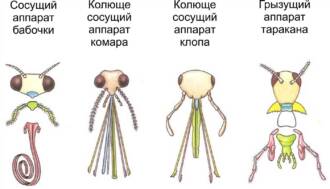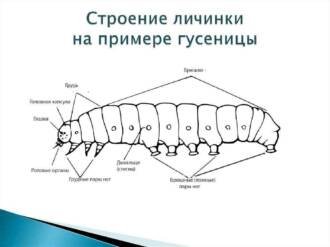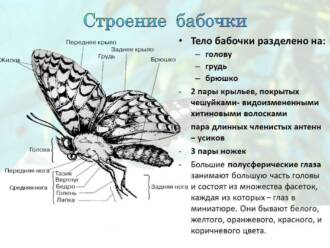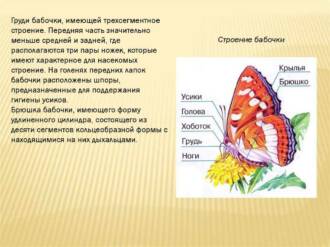Butterflies have two pairs of wings - it is in them that the beauty of these fragile creatures lies. Patterned "fans" (as well as the body of butterflies) are usually covered with scales. These are modified hairs found on the wings of many insects. The number of scales can be very large - several hundred thousand in some species!

What are they covered with?
Their form and purpose are different. First of all, there are pigment and optical scales that determine the color of the wings. The first contain the coloring matter melanin and are responsible for the main color. And the latter are able to reflect and refract the light falling on them. Thanks to this, the wings of butterflies become metallic-shiny and iridescent - they are especially beautiful in tropical butterflies.
Coloring
The color of the wings of male and female butterflies is often completely different. Biologists call this phenomenon sexual dimorphism in color. Moreover, rarely, but there are individuals that combine the wings of both sexes: on the left - with the coloring of the male, on the right - females, or vice versa. Such genetically distorted specimens are called "gynandromorphs".
The most striking example of this kind is the gynandromorphs of the priamus ornithoptera living in New Guinea and the surrounding islands. Under normal conditions, primus males are much smaller than females. This explains the appearance of the mutants: the bright green and black half of the male is combined with the much larger and paler half of the female.

Odorous, or androconial, scales are amazing. They really exude fragrance. In order for the molecules of the fragrant substance to evaporate more easily from the surface of the wing, the tips of these scales end in a brush of hairs. During the period of marriage ceremonies, some butterflies, when meeting, look for odorous scales with their antennae and choose their partner by their aroma. And for others (for example, some species peacock-eye) and distance is not a barrier. Their males found girlfriends ten kilometers away. Sometimes the smell of a butterfly is so strong that a person can also feel it.
Every rule in nature has exceptions. It turns out that there are species in which scales remain only along the edges of the wings and along the veins. In our fauna, such butterflies include, for example, glass and bumblebee hawk moths. Their abdomen is painted with bright black and yellow stripes and, in combination with transparent narrow wings, makes these insects look like wasps or bumblebees.
There are, finally, butterflies, completely devoid of the ability to fly. So wingless are the females of the moth-peeled, one-colored and snail-shaped bagworms, brushtails, some cocoonworms. They look very little like butterflies, more like worms. Some of the poor things not only lack wings, but their legs are in their infancy. Therefore, the meeting of the sexes in these species is provided by winged males.
How does a butterfly wing work and how many are there?
The answer to the question of how many wings butterflies have we already wrote above, these Lepidoptera two pairs of wings. Since they are very large and wide, they cannot, like the wings of flies, work like a propeller. Butterfly flight is completely different. Firstly, in the air, the wings of butterflies overlap each other (the front wing on the base of the back wing), clinging to each other. The same effect is achieved when using special pins. Acting in this way, insects in flight become, as it were, two-winged. Secondly, the butterfly moves due to the effect of dropping air vortices from the wings.

At the beginning of the stroke, when they are diluted, annular air currents are created around. When the wing reaches its lowest point, these vortices are thrown off it and push the insect in the opposite direction. In this case, the maximum of the component forces is directed upwards. That is why most butterflies flutter, i.e. fly along a wavy path, a sinusoid.
The sound of the working wing of large species is captured by the human ear. And in the South American hamadryas butterflies, wings make clicking sounds in flight.
Read more:





